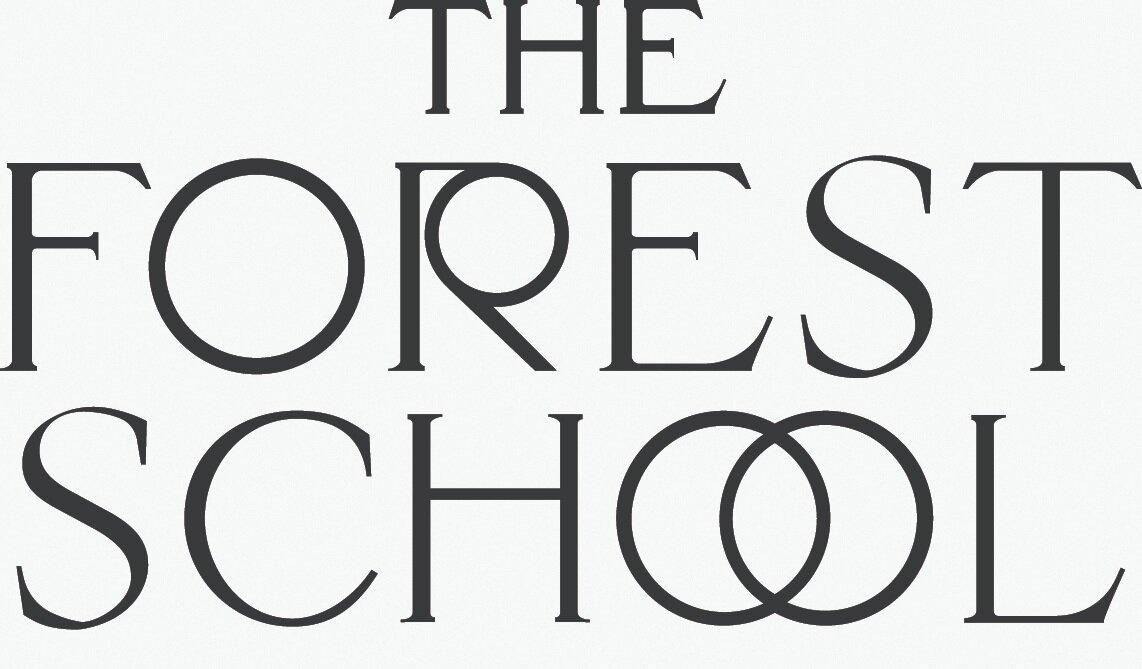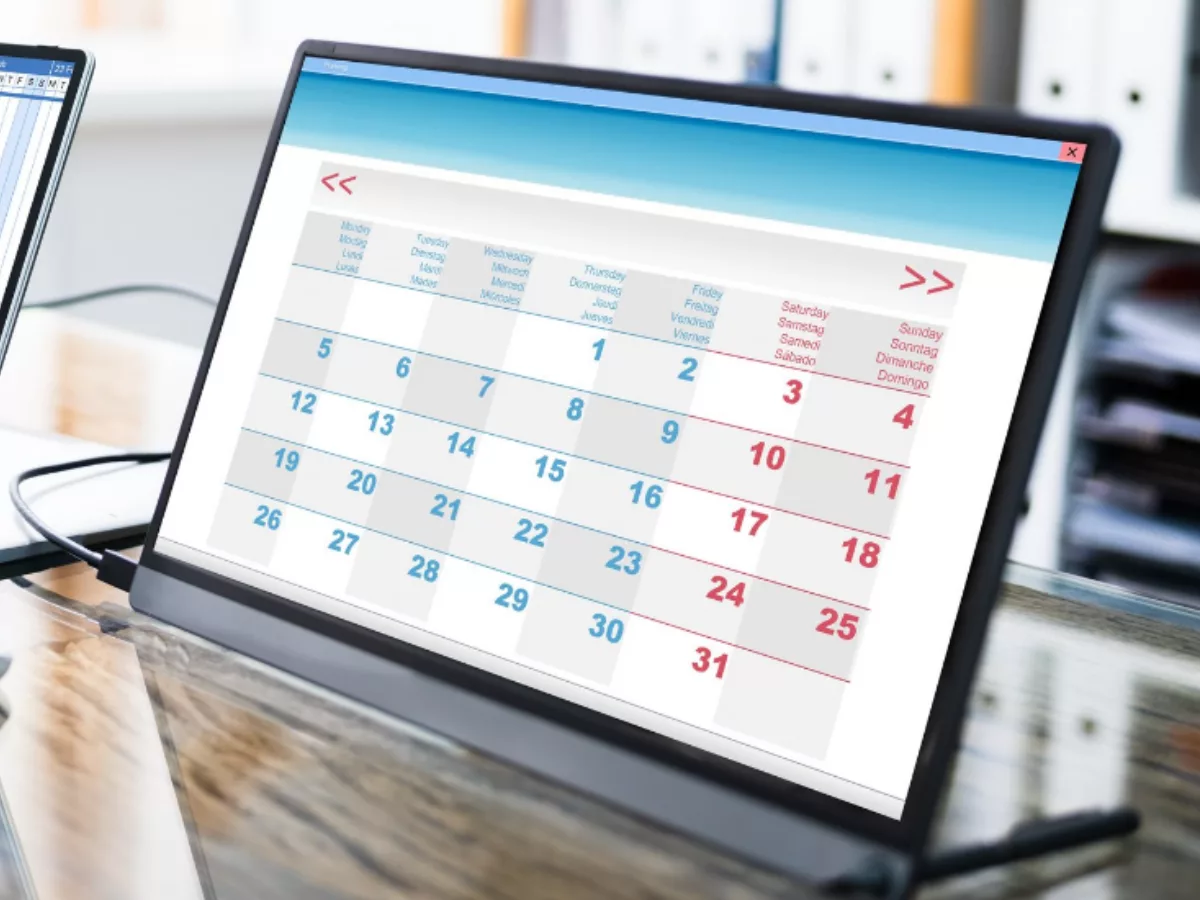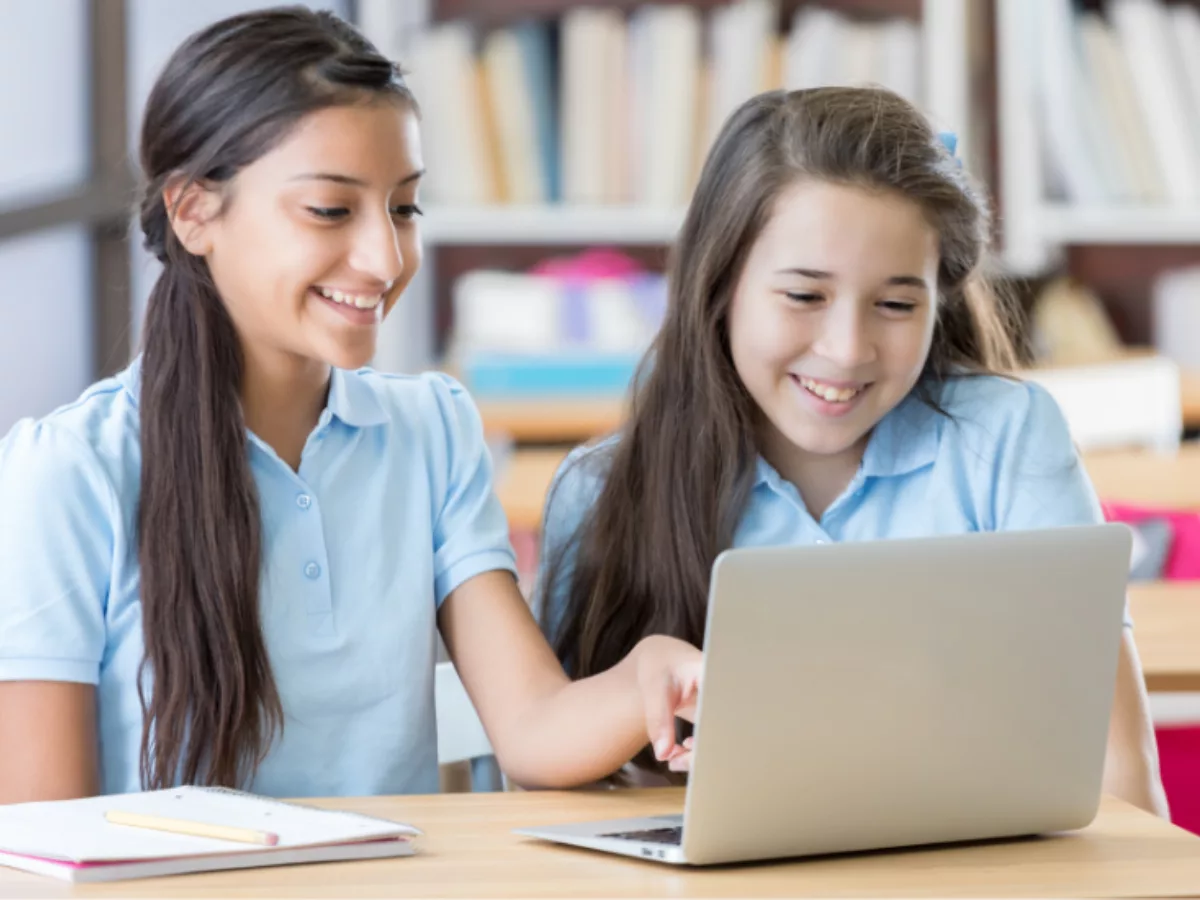Mission
“At The Forest School Online, learners are trusted and empowered to be responsible for their own learning, and to use their learning to find a calling that will change the world. Our learner-driven community puts children at the center of their learning, allowing them to create and maintain personal goals, relational covenants, and excellent products.”
Demographics
Learners reside in seven states across the United States as well as Uganda, Kenya, and Costa Rica, and they represent a diverse array of socioeconomic backgrounds. The racial demographics of the learner population are 49 percent Black, 27 percent white, 15 percent Latine, and nine percent Asian American. The learners are 39 percent female, 55 percent male, and six percent non-binary.
Experience Overview
The Forest School Online is a small, independent, tuition-based virtual school connected to The Forest School in Fayetteville, GA, that focuses on learner-driven technology, Socratic discussions, hands-on projects, and real-world apprenticeships in an intentionally diverse and character-forging community. Children are trusted and empowered to be responsible for their own learning, and the school model is designed to encourage and foster a learner-driven approach.
The Forest School Online’s signature learning experiences (SLEs) create the school’s self-directed model for education. Learners at the school engage in various SLEs, including quests (project-based learning), storytelling (communication development), Socratic launches, maker challenges, learner-designed courses, apprenticeships, and more. SLEs are designed to help students become independent learners and define their passions.
Learning In Action
Learners study in mixed-age classrooms, called Studios, where they collaborate closely with their peers and drive their own learning. All learners have an individual “badge plan” for the year, which targets the badges, courses, and mastery credits they develop.
Learners start off each day with a morning launch, which consists of a question of the day and a launch activity (e.g., icebreaker, video). The learners then work with a Studio peer, called a “running partner,” to check in about their daily goals and action plans. Each learner shares their daily goal with their running partner and provides feedback on their partner’s plans and progress. In the middle of the day, learners focus on two hours of self-paced core skills (e.g., math, language, reading), which they determine based on their daily goals. After lunch, learners engage in the afternoon launch, which sets them up for their project-based quests, storytelling, and civilization-based SLEs. They end the day by checking back in with their running partners and celebrating each other with Studio shoutouts.
Quests are one of the signature learning experiences at The Forest School Online. A project-based approach to learning, quests are real-world challenges designed around a specific theme that learners explore deeply and produce work to showcase at an exhibition. Industry experts are invited to each exhibition to offer real-world feedback and help learners understand the feasibility of their ideas. Quests usually last between four to six weeks and are designed to develop 21st-century skills while simultaneously incorporating traditional topics like science, social studies, and history. Some examples of quests include negotiations, travel journalism, and chess.
Throughout middle and high school, learners participate in apprenticeships to gain real-world experience in their careers of interest. Learners can choose to participate in a local apprenticeship in their community or online by working with professionals all over the world. Past apprenticeship examples have included work alongside a horse rancher, a graphic designer, and a therapist, among others.
Teaching In Action
In place of teachers, The Forest School Online has Guides. Guides focus on facilitating learner-led experiences instead of lecturing. Rather than providing answers, Guides respond with questions that encourage learners to reclaim ownership of their learning.
Guides facilitate weekly one-on-one check-ins with their learners, during which they discuss the progress each learner has made on their badge plan. Guides facilitate quests by framing daily maker challenges, facilitating discussions, and managing schedules. Guides also prepare learners for their exhibition at the end of each session, during which learners share the real-world skills they’ve practiced and excellent products they’ve created with guests and expert panelists.
Associated Resources
The strategies below explore some of the best practices used by The Forest School Online, which can be replicated, adapted, and implemented across different school settings.
The following artifacts from The Forest School Online provide illustrative examples of what their teaching and learning strategies look like in action.
Conditions for Success
Community & Culture - The small school has a close-knit community of learners, teachers, and parents, where all three stakeholders continuously support each other. Learners work in mixed-age learning studios and collaborate closely with peers through “running partners.” Families are considered partners in the school and are continuously engaged through exhibitions, parent “coffee” gatherings, and weekly feedback surveys.
Finance & Resourcing - The school is a small, independent, tuition-based virtual school closely aligned to its parent brick-and-mortar school. Most learners enroll full-time in the school, and some learners opt to enroll only for a session while they’re traveling and then return to the brick-and-mortar school. The school offers income-based scholarship awards to learners.
Communications - The teaching staff at the school hold weekly one-on-one check-ins with each learner to determine where they are and where they need support. Parents are continuously kept in the loop through online learning tools and are able to monitor their learner’s progress.
Time - The school offers a balance of synchronous and asynchronous work times. Studios meet synchronously twice per day for “launch” activities, which are recorded so a learner can seamlessly catch up if they miss them. The rest of the daily schedule is developed and designed by the learners. The school focuses on learners finding their “flow,” which may look different for a variety of learners (e.g., some learners get their best work done in the morning while some may prefer to work at night). Learners also have access to their Guide throughout the Studio day via phone call, texting, email, or Slack.
Research, Measurement, & Evaluation - The staff members deeply value parent feedback and send out weekly family feedback surveys regarding the learner experience. The Head of School responds individually to each comment and shares the results broadly with the family community.
Visioning - The Head of School hosts virtual “parent coffees” where parents can learn about upcoming initiatives, build relationships, and participate in Socratic discussions of their own to share their ideas about the community. This ongoing dialogue invites parents to help develop a shared vision for the school.
Other Key Highlights
The Forest School and The Forest School Online developed a robust library of short videos explaining many of the unique aspects of the school’s model and culture. The videos include excerpts of learners, parents, Guides, and administrators describing their experiences to offer additional insights into the program. For more, visit their YouTube channel.
Explore More School Models

The Forest School Online is a small, independent, tuition-based virtual school...

ASU Prep Digital is a virtual, public K-12 charter school that is part of the...


